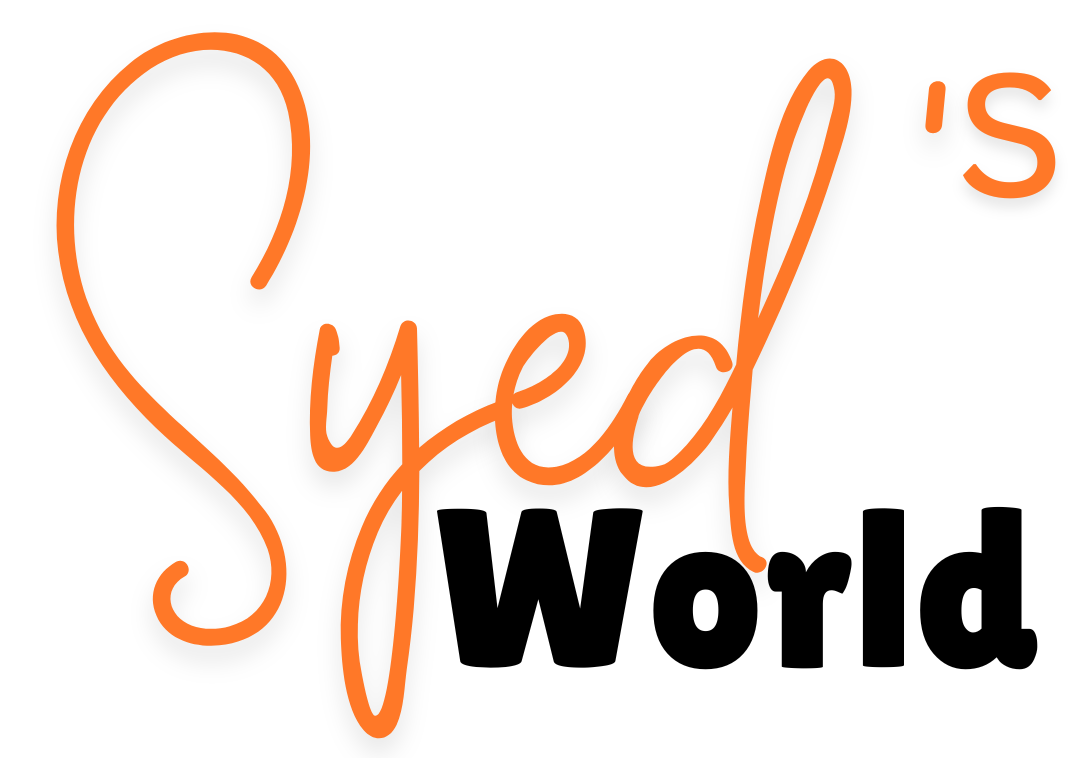ChatGPT-4 is the latest and most advanced language model developed by OpenAI, the world’s leading artificial intelligence research institute. This state-of-the-art model is based on the GPT-3 architecture and is designed to produce human-like text that is indistinguishable from that written by humans.
One of the major advancements of ChatGPT-4 is its ability to understand and generate more complex and nuanced language. It can comprehend and interpret contextual information and use it to provide more precise and accurate responses. This makes it a valuable tool for a wide range of applications, including customer service, chatbots, and virtual assistants.
Another key feature of ChatGPT-4 is its ability to learn from a vast amount of data. This model has been trained on a massive corpus of text, including books, articles, and websites, giving it an unparalleled understanding of human language. This enables it to generate responses that are not only accurate but also contextually appropriate.
ChatGPT-4 also has the ability to generate multi-modal responses, meaning it can combine text, images, and videos to provide a more engaging and interactive experience. This feature makes it ideal for applications such as e-commerce, where customers can ask questions about products and receive multimedia responses that help them make informed purchase decisions.
One of the most exciting aspects of ChatGPT-4 is its potential to revolutionize natural language processing (NLP) and other AI-related fields. Its advanced capabilities could lead to the development of new applications and services that we cannot yet imagine. For example, it could be used to create more sophisticated chatbots that can understand and respond to more complex queries, or it could be used to create virtual assistants that are capable of carrying out a wider range of tasks.
In addition to its technical capabilities, ChatGPT-4 has also been designed with ethical considerations in mind. OpenAI has implemented safeguards to prevent the model from generating harmful or offensive content. They have also made the model more transparent, providing more detailed information about how it works and how it generates responses.
Despite its many advancements, ChatGPT-4 is not without its limitations. While it can generate highly accurate and contextually appropriate responses, it still lacks true understanding of language and the world. This means that it may struggle to understand certain nuances and subtext, which could lead to inaccurate or inappropriate responses.
In conclusion, ChatGPT-4 is a major advancement in the field of natural language processing and artificial intelligence. Its ability to understand and generate complex language, generate multi-modal responses, and learn from vast amounts of data makes it a powerful tool for a wide range of applications. While it still has limitations, its potential to revolutionize AI-related fields is exciting and offers a glimpse into what the future of technology may hold.

